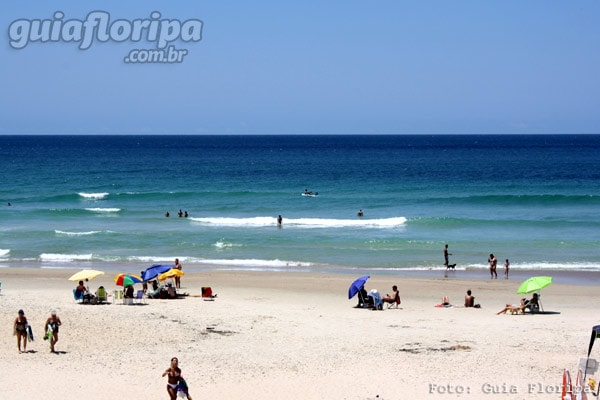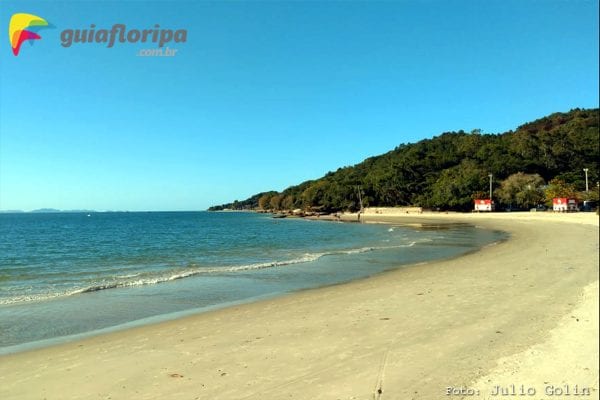The types of waves are mainly linked to the characteristics of the beach sand.
Coarse sand, for example, benefits beach erosion, causing a greater slope of the sand strip where it meets the sea. Thus, the wave breaks suddenly, as happens in the soft beach, Mozambique beach e Campeche beach.

On the other hand, fine sand favors the conservation of a slight slope of the sand strip, causing harmony between the waves that form. It is the case of Canasvieiras, Bom Jesus waterfall, Jurerê e south swamp.

Although on the coast of Santa Catarina the waves are practically the same in all regions, reaching a maximum of four meters in height, their formations depend a lot on the location of the beach. If it is protected from the open sea, the wave will be smaller, because the waves of the sea are basically produced by the wind that moves the water towards the beach.
ADVERTISING
In Florianópolis we have these conditions mainly in the sheltered waters of the bays north (cacupé, Saint Anthony of Lisbon, sambaqui, Daniela and Praia do Forte) and on (Ribeirao da Ilha e Tapera Beach). The largest, however, normally form in winter, when cold fronts coming from the sea cause stronger winds towards the beach.

Another factor that influences the size of the waves is the continental shelf, the space of the territory that advances towards the bottom of the sea. The narrower, the bigger the waves. In the North of the State, for example, the platform measures 180 kilometers, unlike the South, where in some beaches it measures 70 kilometers. The wave takes longer to feel the bottom and consequently reaches the coastal zone with more intensity.
See also: Best Beaches for Surfing in Florianopolis.



